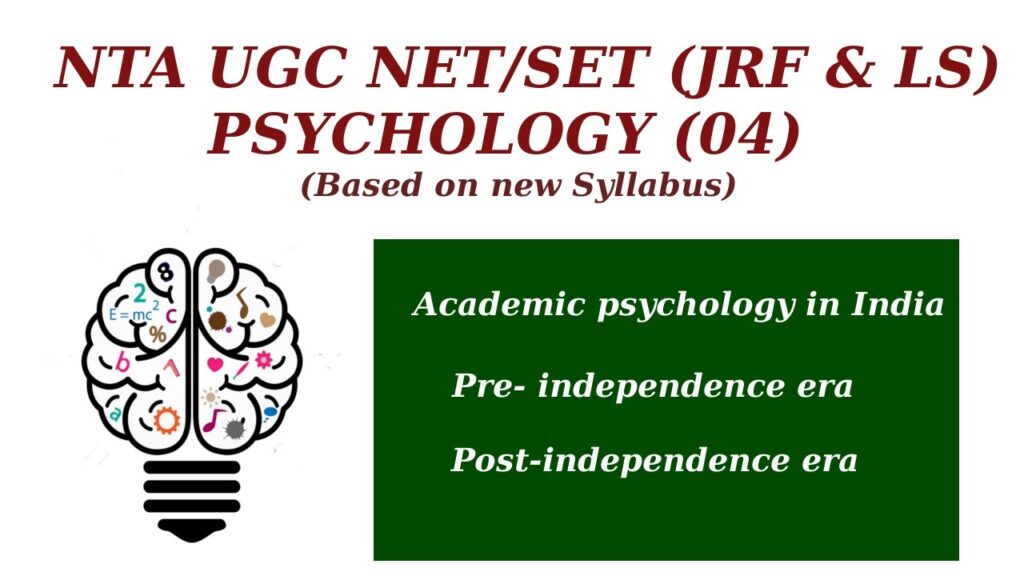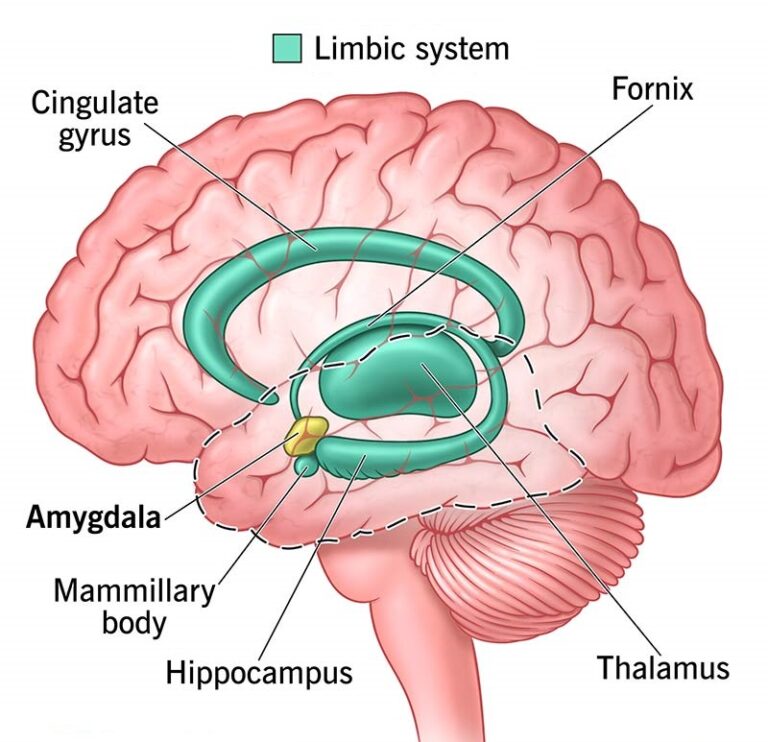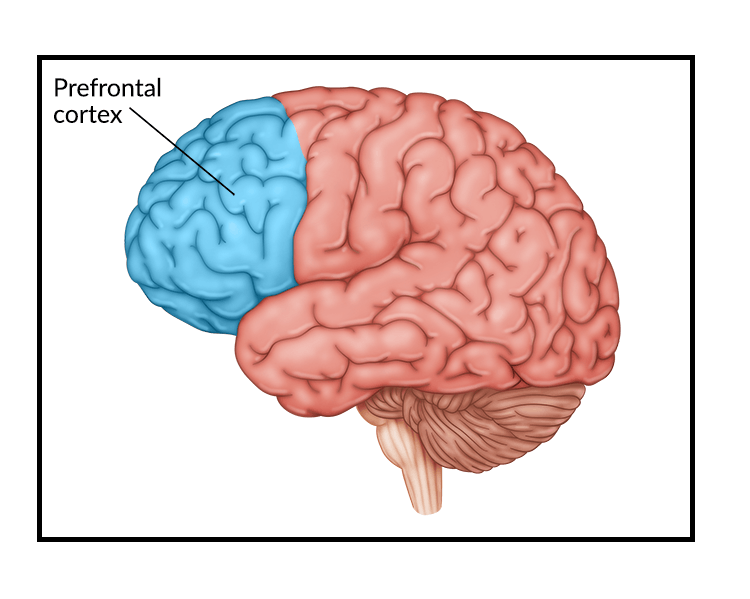
Introduction
The 1990s was a pivotal decade for academic psychology in India. During this period, the field grappled with several paradigmatic concerns and a pronounced disciplinary identity crisis. Psychology, as an academic discipline, faced the dual challenge of aligning itself with Western paradigms while addressing culturally specific needs. This article delves into these challenges, analyzing the evolution of psychology in India during this era.
Historical Context
Growth of Psychology in Pre-1990s India
Psychology was introduced in India during the early 20th century, primarily influenced by British colonial education systems. Institutions like Calcutta University and Bombay University established psychology departments, focusing on experimental and applied psychology. However, much of the academic discourse was rooted in Western theoretical frameworks (Sinha, 1993).
Transition into the 1990s
By the 1990s, psychology in India was at a crossroads. Economic liberalization brought globalization to the forefront, exposing Indian psychology to a plethora of new ideas, methodologies, and challenges. Simultaneously, the call for indigenization—the development of psychology rooted in Indian cultural, social, and historical contexts—gained momentum (Dalal, 2002).
Paradigmatic Concerns in Indian Psychology
Dominance of Western Frameworks
The dominance of Western paradigms in Indian psychology led to a disconnect between research and real-world applications. For instance, psychometric tools developed in Western contexts often failed to capture the nuances of Indian socio-cultural realities (Misra & Gergen, 1993).
Table 1: Comparison of Western and Indian Socio-Cultural Contexts in Psychological Research
| Aspect | Western Context | Indian Context |
|---|---|---|
| Family Structure | Nuclear | Joint/Extended |
| Individualism vs. Collectivism | Individualistic | Collectivistic |
| Approach to Mental Health | Biomedical/Clinical | Holistic/Spiritual |
| Communication Style | Direct | Indirect |
Rise of Indigenization
Scholars argued for an indigenized psychology that would incorporate Indian cultural values, traditions, and practices. For example, researchers began exploring constructs like “sanskāra” (values) and “karma” (action and consequences) in psychological frameworks (Sinha, 1997).
Example: The study of “emotional intelligence” was adapted to include Indian concepts such as “samatva” (equanimity) and “shraddhā” (faith).
Methodological Limitations
Indian psychology in the 1990s struggled with methodological constraints. The lack of standardized, culturally relevant tools impeded research progress. Furthermore, qualitative methods, though more suited to Indian contexts, were underutilized due to the dominance of quantitative, Western methodologies (Pandey, 1998).
Disciplinary Identity Crisis
Fragmentation of Subfields
Psychology in India was increasingly fragmented into subfields such as clinical psychology, industrial-organizational psychology, and educational psychology. While specialization allowed for focused research, it diluted the discipline’s unified identity (Dalal, 2002).
Example: Clinical psychology departments often operated independently, with minimal interaction with social psychology or developmental psychology faculties.
Neglect of Indigenous Knowledge
The academic focus remained skewed towards Western theories, sidelining indigenous knowledge systems. For example, traditional Indian practices like yoga and meditation were often studied through Western psychological lenses rather than as standalone frameworks (Kakar, 1992).
Brain Drain
The lack of opportunities for advanced research and funding in India led many promising psychologists to migrate abroad, contributing to a “brain drain” that further weakened the discipline’s growth (Sinha, 1993).
Efforts to Address the Challenges
Establishment of Centers for Advanced Research
Institutions like the Indian Council of Social Science Research (ICSSR) and the National Institute of Mental Health and Neurosciences (NIMHANS) played a significant role in advancing psychological research in India.
Table 2: Key Research Initiatives in the 1990s
| Institution | Initiative | Impact |
| NIMHANS | Research on mental health in rural areas | Improved understanding of rural mental health issues |
| ICSSR | Funding for indigenous psychology studies | Encouraged culturally relevant research |
| UGC | Faculty development programs | Enhanced research capabilities |
Integration of Indigenous Practices
Efforts were made to integrate indigenous practices into mainstream psychology. For instance, yoga and meditation were studied for their therapeutic effects, leading to their inclusion in clinical settings (Verma, 1996).
International Collaborations
Collaborations with international universities and organizations helped bridge methodological and theoretical gaps. These collaborations also facilitated the exchange of ideas and resources (Dalal, 2002).
Conclusion
The 1990s marked a transformative decade for academic psychology in India. While the field faced significant challenges, including paradigmatic concerns and a disciplinary identity crisis, it also witnessed crucial efforts toward indigenization and methodological innovation. The lessons learned during this period continue to shape the trajectory of Indian psychology.
References
- Dalal, A. K. (2002). Psychology in India: A historical perspective. Indian Journal of Psychology, 40(1), 15-29.
- Kakar, S. (1992). Shamans, mystics, and doctors: A psychological inquiry into India and its healing traditions. University of Chicago Press.
- Misra, G., & Gergen, K. J. (1993). On the place of culture in psychological science. International Journal of Psychology, 28(2), 225-243.
- Pandey, J. (1998). Psychology in India: The state-of-the-art (Vol. 3). Sage Publications.
- Sinha, D. (1993). Indigenization of psychology in India. Indian Psychological Abstracts and Reviews, 2(1), 3-10.
- Verma, S. (1996). Yoga in clinical practice: An Indian perspective. Indian Journal of Clinical Psychology, 23(3), 35-49.







